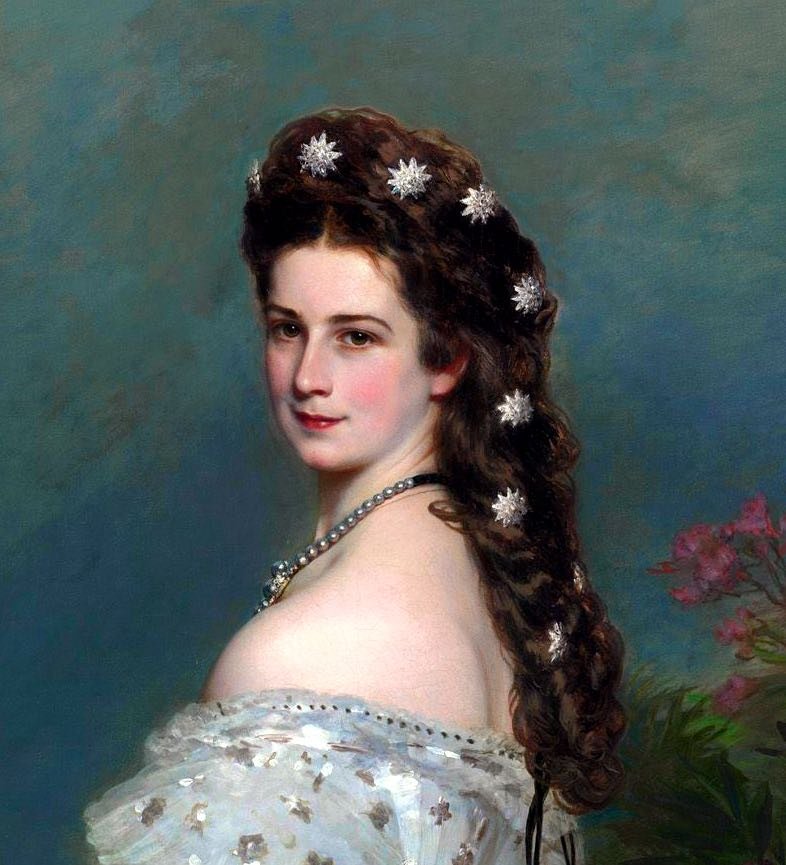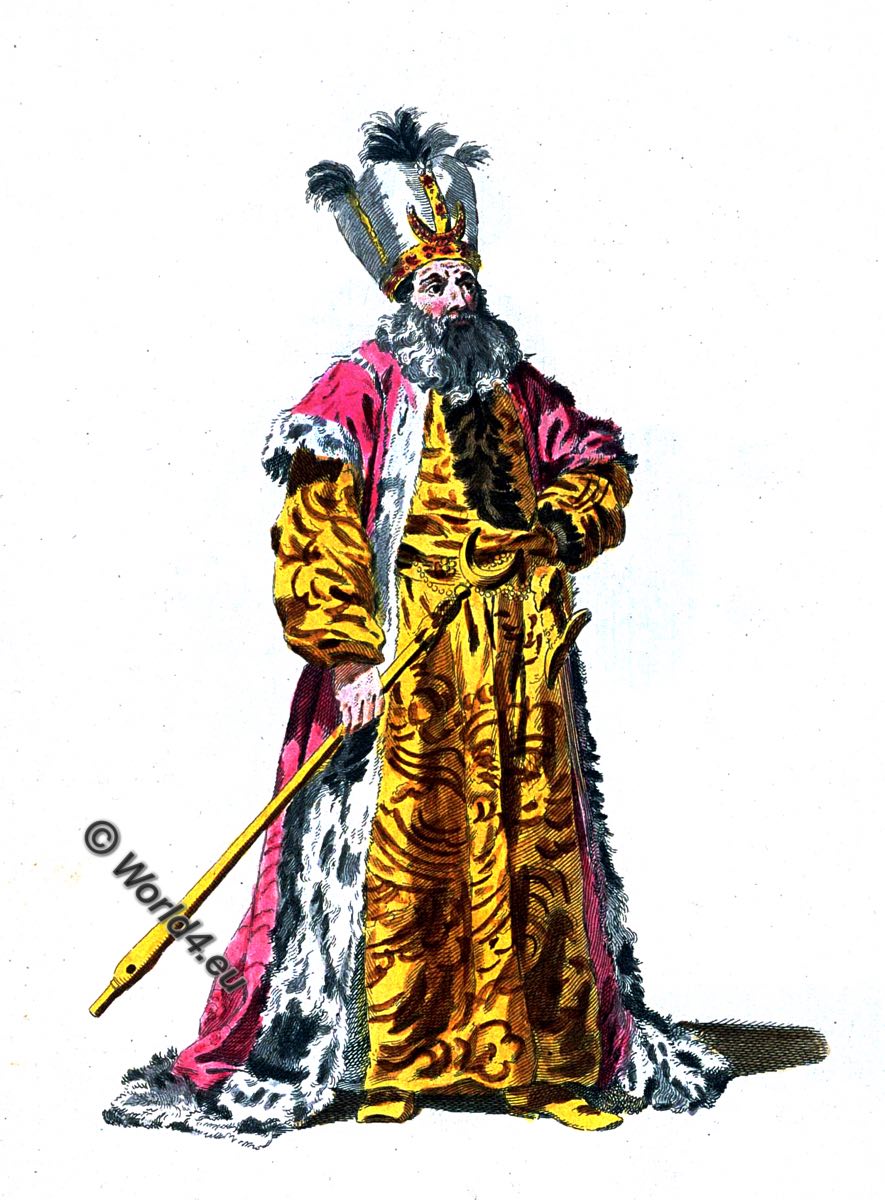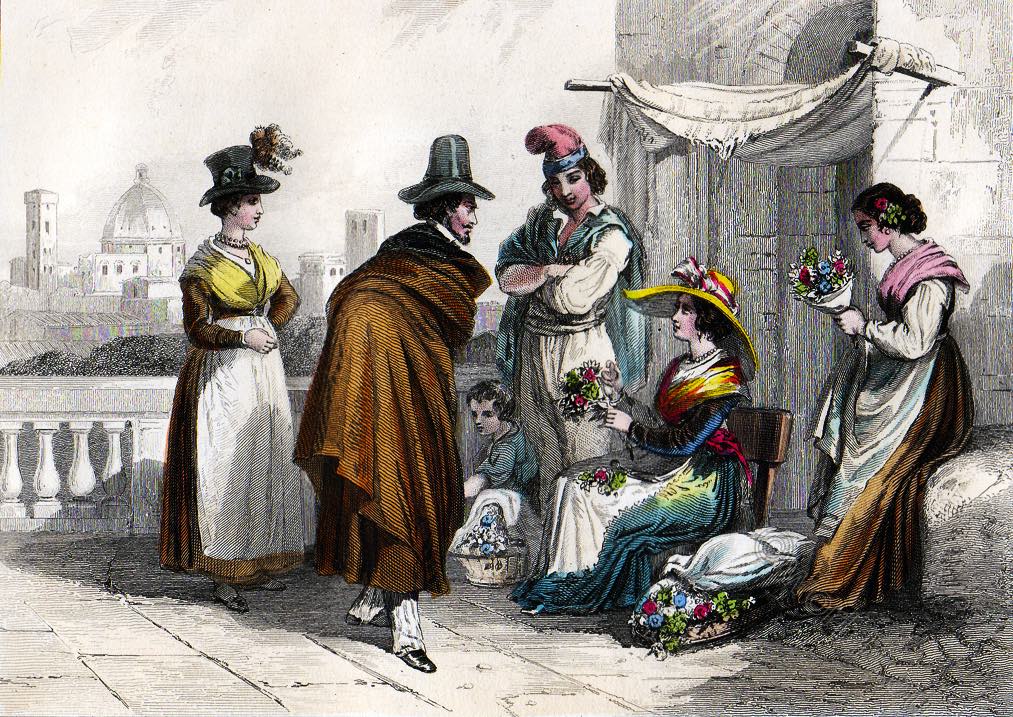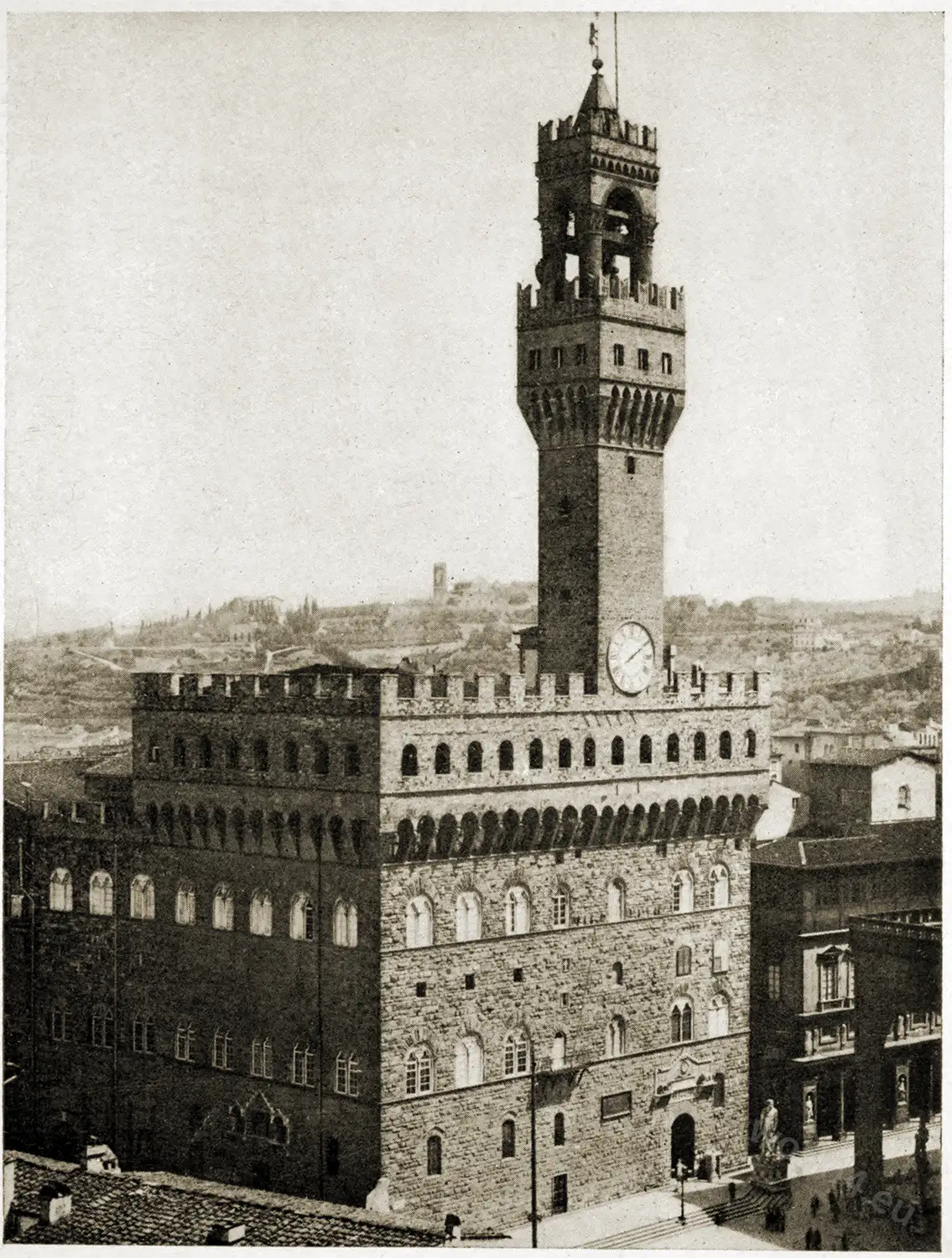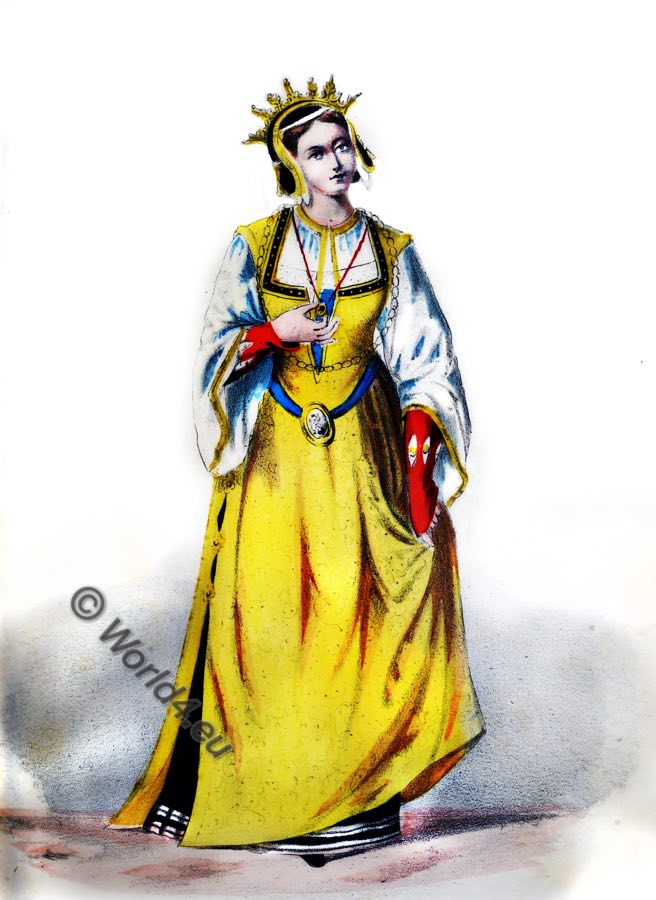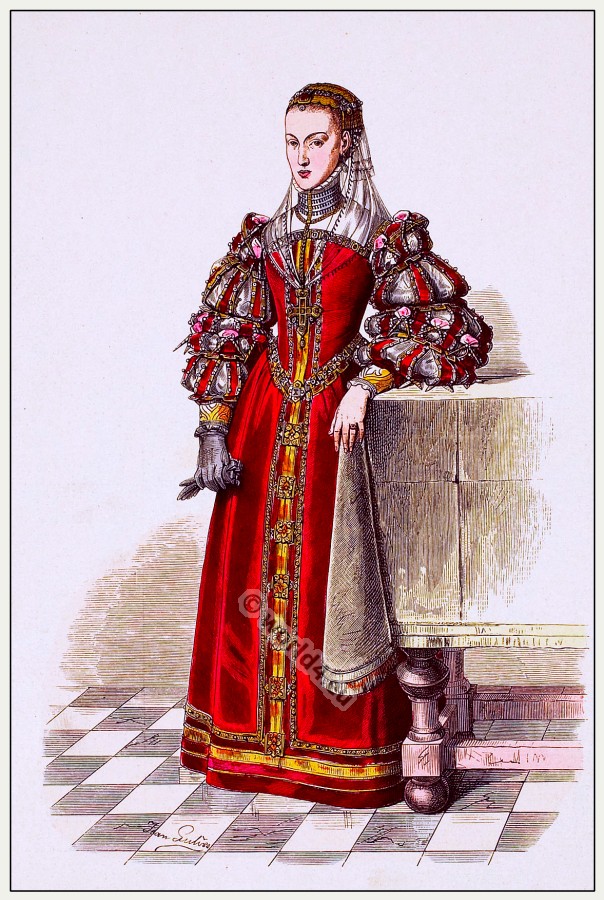
Joanna, Grand Duchess of Florence: A Life of Leadership and Legacy (1547-1578)
Early Life and Royal Heritage
Joanna, born in 1547, was the daughter of Archduke Ferdinand I of Austria and Anna of Bohemia and Hungary. As an Archduchess of Austria, her birth into the Habsburg family positioned her within one of the most powerful dynasties in Europe. The Habsburgs were known for their influence across various regions, and Joanna’s lineage was significant in shaping both her identity and future responsibilities.
Growing up in the Habsburg court, Joanna was surrounded by a rich cultural environment that emphasized the importance of education, diplomacy, and artistry. Her early education was marked by a curriculum that included languages, history, philosophy, and the arts, which were considered essential for members of the royal family. The Habsburg court was a center of intellectual and artistic endeavor, fostering an appreciation for both the classical and contemporary, which would influence Joanna’s outlook and approach to leadership.
Key figures in Joanna’s life included her father, Archduke Ferdinand, who played a pivotal role in shaping her understanding of governance and the intricacies of court politics. Her mother, Anna, was equally influential, imparting values of grace and poise that became synonymous with the Habsburg image. Additionally, relatives such as her grandfather, Emperor Ferdinand I, and extended family members played significant roles in maintaining the family’s powerful status in Europe. This royal heritage instilled in Joanna a sense of duty and expectation, preparing her for the eventual responsibilities she would undertake as a leader of Florence.
In summary, Joanna’s early life was profoundly influenced by her Habsburg lineage and the educational values of her family. This royal heritage not only shaped her identity but also laid the groundwork for her future endeavors as she navigated the complexities of leadership and governance in her later years.
Marriage and Ascendance to Grand Duchess
Joanna of Austria, a significant figure in the history of Tuscany, married Francesco I de’ Medici, Grand Duke of Tuscany, in 1570. This union was not simply a romantic endeavor but rather a strategic alliance born out of political necessity. The marriage strengthened ties between the Habsburg family and the powerful Medici dynasty, both of whom held considerable influence in Europe. By this union, the Habsburgs aimed to fortify their political positions while the Medici sought to enhance stability within Tuscany.
Initially, the marriage presented several challenges, including the expectations placed upon Joanna as a foreign bride and the complexities of navigating the intricate world of Tuscan politics. Joanna, despite her royal lineage, faced the difficult task of integrating into the Medici court, which had its own established power dynamics. Despite these initial hurdles, Joanna’s resilience and diplomatic skills gradually helped her establish a favorable position. She began to influence court decisions and engage actively in governance, showcasing her leadership abilities.
As Francesco I’s reign progressed, Joanna’s role within the governing council became increasingly prominent. Following her husband’s elevation, she ascended to the esteemed title of Grand Duchess of Tuscany. This title not only amplified her status but also enabled her to make significant contributions to the governance of the region. She actively promoted societal reforms, focusing on matters such as healthcare and education. Joanna also championed cultural initiatives that enriched the Tuscan heritage, illustrating her dedication to her new home.
In navigating the complexities of their relationship and the political landscape, Joanna and Francesco forged a partnership that extended beyond mere duty. Their collaboration ultimately shaped the legacy of the Grand Duchy, underscoring Joanna’s critical role as a leader in a time of both opportunity and challenge for Tuscany.
Cultural Patronage and Legacy
Joanna, Grand Duchess of Florence, played a pivotal role in the cultural landscape of her time, significantly influencing the Renaissance movement through her extensive patronage of the arts. Her reign saw Florence thrive as a center for artistic and intellectual excellence, largely due to her support of various artists, architects, and scholars. Joanna recognized the potential of art and culture to elevate societal values, promote civic pride, and foster economic growth.
One of Joanna’s notable initiatives was her encouragement of prominent artists such as Giorgio Vasari and Michelangelo, who contributed immensely to Florence’s artistic heritage. By commissioning works that celebrated both divine and humanistic themes, she not only enriched the visual landscape of the city but also helped define the era’s aesthetic ideals. Her patronage extended beyond famous sculptures and paintings; she also played an integral role in the development of architectural masterpieces that characterized Florence’s skyline. Through alliances with skilled artisans and innovative thinkers, Joanna directly impacted the city’s architectural evolution, fostering a spirit of collaborative creativity.
Scholarly pursuits flourished under Joanna’s reign as well. She supported the establishment of libraries and academies, encouraging scholarship that blended classical knowledge with contemporary thought. Her commitment to cultural growth improved education and intellectual exchange, further solidifying Florence’s position as a beacon of Renaissance culture. By uniting artistic endeavors with educated discourse, Joanna’s legacy as a cultural patron became multifaceted and dynamic.
Ultimately, Joanna’s legacy in arts and culture extended far beyond her lifetime. The initiatives and projects she undertook contributed significantly to Florence’s identity as a preeminent center of Renaissance art and thought. Her commitment to fostering creativity and innovation not only shaped her contemporaries but also inspired generations to come, leaving an indelible mark on the cultural fabric of Florence.
Challenges and End of Life
The latter years of Joanna, Grand Duchess of Florence, were marked by numerous challenges that ultimately shaped her legacy. Following the death of her husband, Francesco de’ Medici, in 1587, Joanna faced considerable political instability. Her position as a female leader in a predominantly patriarchal society was precarious, especially as the Medici family grappled with succession issues and the shifting allegiances of the nobility in Florence. The power vacuum created by Francesco’s death exposed Joanna to increased scrutiny, as rival factions sought to influence or undermine her authority.
In addition to political hurdles, Joanna endured profound personal losses that affected her emotional and mental well-being. The death of her beloved husband was compounded by the loss of several children over the years, which further strained her capacity to lead effectively. These personal tragedies not only impacted her public persona but also her spirit, creating an internal struggle that she dealt with privately while striving to maintain her public duties.
Health issues began to arise in Joanna’s later years, complicating her ability to govern. As the pressures of leadership mounted alongside her declining health, Joanna became increasingly isolated from the political sphere she had once navigated confidently. The complexities of female leadership in such a tumultuous period were highlighted by her struggle, revealing the resilience required to maintain authority amidst personal and political turmoil.
By the time of her death in 1578, Joanna’s influence had waned, yet her story remains a powerful testament to the difficulties faced by women who wielded power during the Renaissance. The interplay of her challenges illustrates the intricate dynamics of leadership, resilience, and the societal expectations placed upon women in her position. Joanna’s legacy in Florence endures, reflecting the multifaceted nature of her life and the intricate role she played in a complex historical context.
Italian renaissance costume. Early baroque period. The Spanish fashion was the fashion of the late renaissance and Spanish baroque, the period between 1500 and the Thirty Years War 1618 to 1648. At the Spanish court and the Habsburg Empire was the Spanish court dress ceremonial.
Source: Sheets for costume design: historical and folk costumes. Published by Franz Lipperheide, 1876-1887
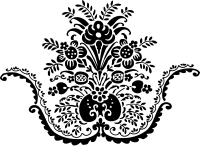
Discover more from World4 Costume Culture History
Subscribe to get the latest posts sent to your email.


